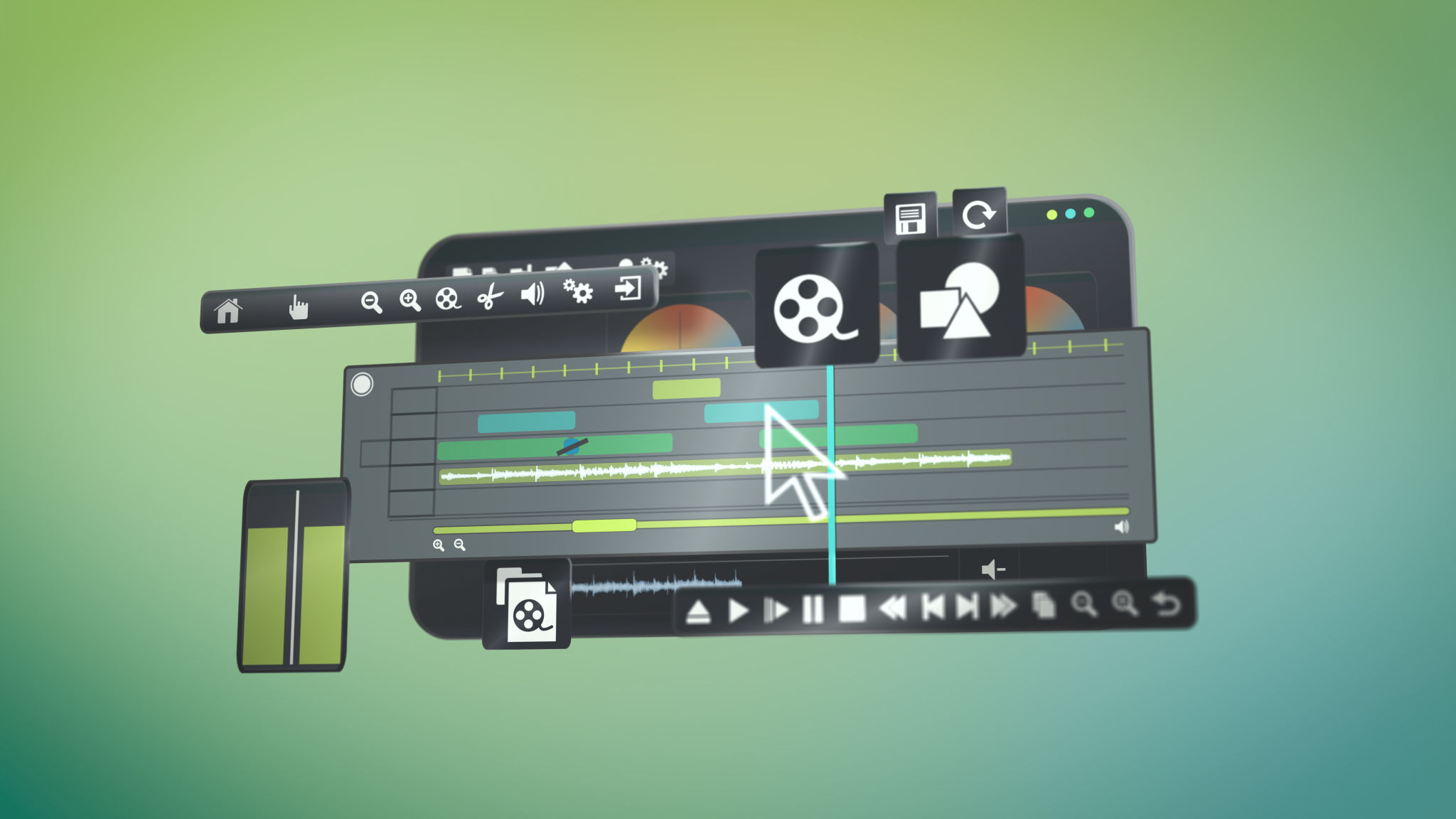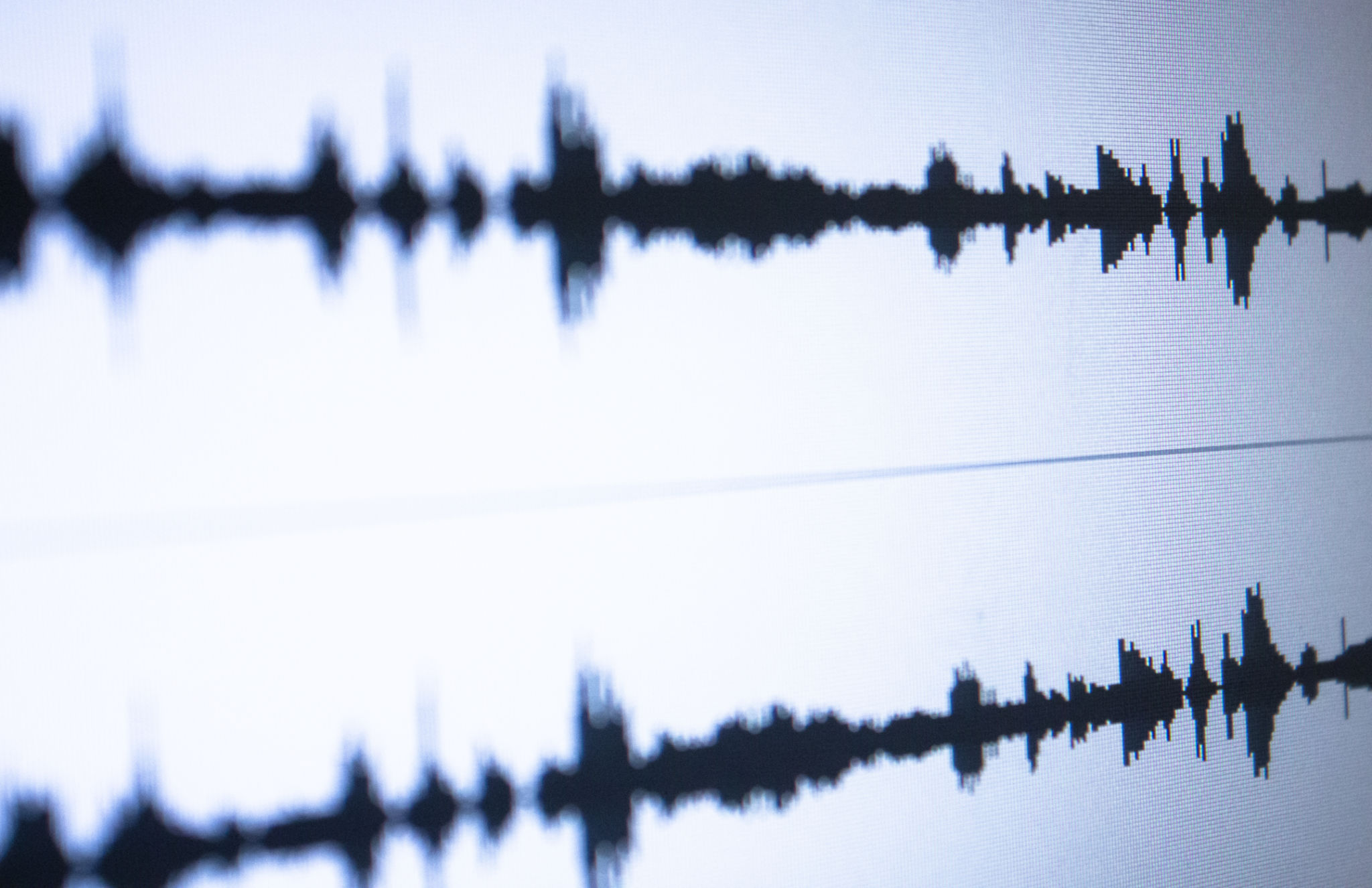DIY Audio Editing: Essential Tools and Techniques for Beginners
PP
Getting Started with Audio Editing
Audio editing has become an essential skill in today's content-driven world. Whether you're a podcaster, musician, or someone interested in enhancing audio quality, DIY audio editing is a rewarding endeavor. With the right tools and techniques, even beginners can achieve professional-sounding results. In this guide, we'll explore essential tools and techniques to help you start your audio editing journey.

Choosing the Right Software
The first step in audio editing is selecting the right software. There are numerous options available, ranging from free to professional-grade tools. For beginners, Audacity is a popular choice due to its simplicity and powerful features. It offers a wide range of editing capabilities, such as cutting, copying, and adding effects to audio tracks. Another excellent option is GarageBand, available for Mac users, which provides a user-friendly interface and robust features for music creation and editing.
Understanding Basic Editing Techniques
Once you've chosen your software, it's time to dive into the basics of audio editing. One of the most fundamental techniques is cutting and trimming, which allows you to remove unwanted parts of your audio file. This technique is crucial for eliminating mistakes or dead air from recordings. Additionally, learning how to fade in and fade out can help create smooth transitions between different sections of your audio.

Enhancing Audio Quality
Improving audio quality is a key goal for any editor. One effective technique is noise reduction, which helps eliminate background noise and improve clarity. Most audio editing software includes built-in noise reduction tools that can significantly enhance the quality of your recordings. Another important technique is equalization (EQ), which allows you to adjust the balance between different frequency components in your audio track. This can help make voices sound clearer or give music tracks more depth.
Adding Effects and Filters
Effects and filters can add a professional touch to your audio projects. Reverb and echo are popular effects that can create a sense of space or depth in recordings. Compression is another essential tool that helps control the dynamic range of your audio, making quieter sounds louder and reducing the volume of louder sounds for a more balanced output. Experimenting with different effects can help you develop a unique sound for your projects.

Saving and Exporting Your Work
After you've finished editing your audio, it's important to know how to save and export your work correctly. Most audio editing software will allow you to save your project files in a format that retains all your edits for future adjustments. When exporting, choose a format that suits your needs; common options include MP3 for podcasting and WAV for high-quality music files. Understanding the differences between file formats will ensure that your final product meets your desired quality standards.
Practicing and Learning
As with any skill, practice makes perfect. Regularly working on different projects will improve your understanding of the tools and techniques available. Online resources, such as tutorials and forums, can offer valuable guidance and tips from experienced editors. Engaging with these communities can also provide inspiration and feedback to help you grow as an audio editor.
Diving into the world of DIY audio editing may seem daunting at first, but with the right tools and techniques, you can achieve impressive results. By experimenting with different software and practicing basic editing techniques, you'll be well on your way to creating high-quality audio content that resonates with your audience.